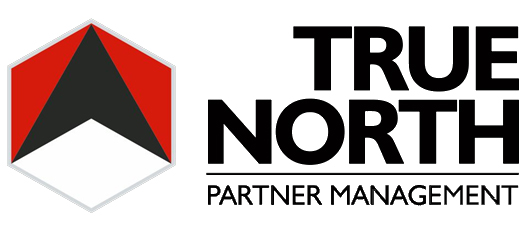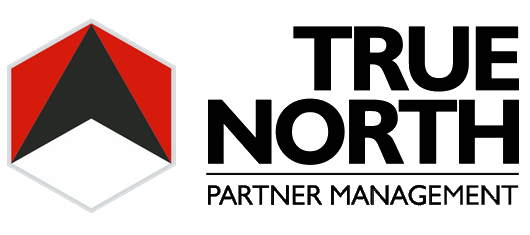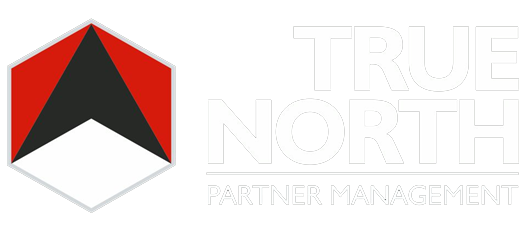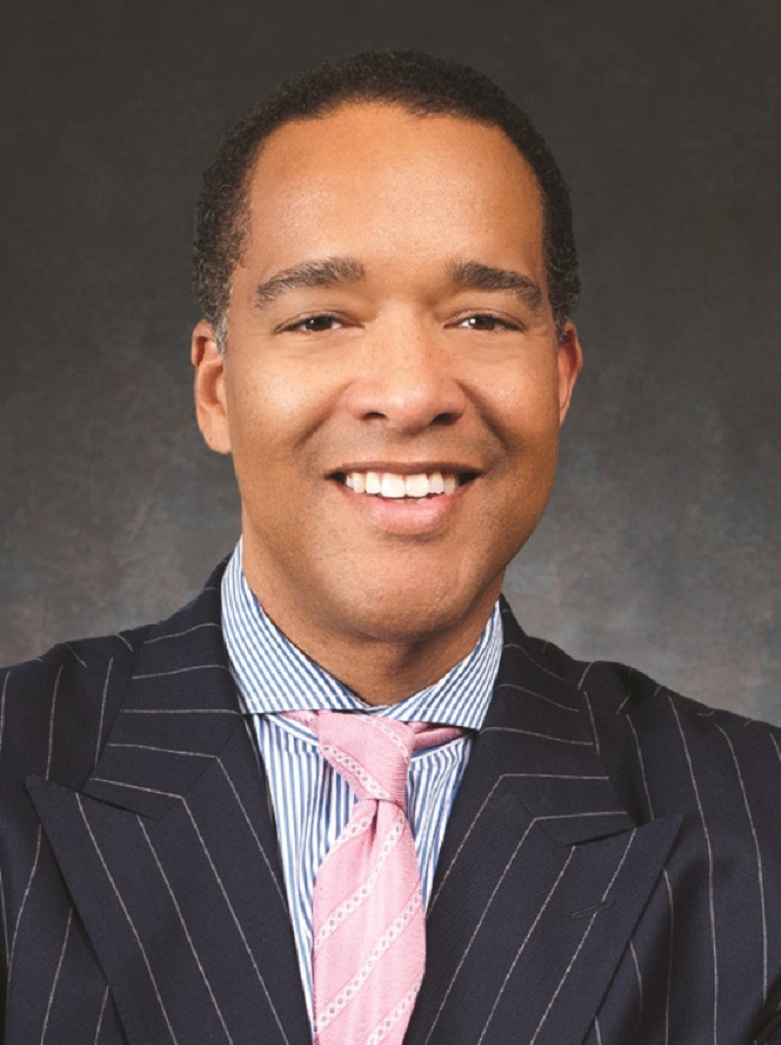The following post originally appeared on Forbes | November 11, 2015
Change before you have to. ~Jack Welch
Configuration (or archetype) theory concerns itself with the relationship between the design of an organization, its people, and the way that the firm functions and evolves. Importantly, the theory recognizes that as cultures, norms, policies, procedures, and day-to-day routines take hold, inertia sets in – particularly when the organization is successful. To break this inertia – as physics and management studies tell us – significant energy is necessary to get the organization mobilized toward a new direction. To that end, in their book, Organizations: A Quantum View, authors Danny Miller and Peter H. Friesen build on configuration theory and argue that radical change – as opposed to slow, linear, and methodical change – is not only necessary to break the inertia, but that it also minimizes the risk of organizational incoherence during the transition, increases efficiency, and increases the probability of success.
While much of the above is theoretical, there is significant anecdotal and empirical evidence to support the claims. It is often only in the throes of severe stress that we see firms adapting true change, usually taking the form of radical adjustments: stability-seeking merger attempts, drastic compensation revisions, comprehensive strategic overhauls, etc. This is not all bad, though. If a firm is struggling and survival is still in sight, powerful stressors can rally people to the cause, motivate coherent action, and otherwise prime the firm for effective change. This is leadership’s double edged sword: The stressors and pressures that are often necessary to mobilize the firm are the very same that dog their every move as they maneuver toward higher ground.
But what if you are a firm that is successful, yet still want to enact change? While it may sound like an easier position from which to act – “change before you have to” – it often is not. It may be more comfortable, but not easier, necessarily. Today we hear from Maurice Watson, chairman of Husch Blackwell. Along with being one of the architects of his firm’s hugely radical strategic shift, he is also the foreman tasked with deploying it. Mobilizing his firm behind a strategy that requires their lawyers to choose, and solely work in, industry-specific lanes, Husch Blackwell has made a major overhaul to their business model, and Watson has been tasked with this effort without the hidden luxury of having the proverbial wolves at his door. See our exchange below:
On The Business Aspects Of The Law
Parnell: Speaking as a non-lawyer, sometimes it can be difficult to get lawyers to pay attention to lessons from outside of the legal field. What is your take on this: lawyers learning from other fields?
Watson: It’s interesting, the danger that lawyers face is our inability to understand the viewpoint of business leaders. In most cases, chief legal officers are accountable to a business leader — the CEO or CFO — for managing legal services and resources within a budget and subject to other measurable targets. And if they repeatedly fail to meet their numbers, they’re not going to be around very long. So, most CLOs now think and talk like business people. While they expect good results and outcomes in terms of winning the case or closing the deal, they also expect the lawyers to deliver results within the budget and without surprises. That’s a new world for lawyers.
These changes can be unsettling. Lawyers, like the business leaders, must think about how we can do more with less; how we can deliver greater value to our clients. We must become self-critical, asking at the end of every engagement whether we could have done that engagement more efficiently and effectively; could we have structured or managed the engagement in a way that would have saved time and/or money and still achieved a great outcome?
On Shifting The Firm’s Strategy
Parnell: As a firm, you’ve recently shifted your strategy to be more industry-focused. Is this in the more classic sense, in that a firm has its core practice areas that they’re good at and they are building on? Or is this a true focus in each industry sector? For instance, if you’re a litigator and you’re in healthcare, you will only be doing healthcare litigation, and that’s it…
Watson: It’s the latter. And implementation is hard, because it’s a radical departure from the way things have always been done. Historically, if you had a reputation as a great trial litigator, you were hired to try matters across a number of industries. There was no need to focus on any particular industry-sector or even in any particular area of the law. You could be a generalist and be very successful. We believe this is changing. Arguably less so now for trial lawyers, but certainly it is changing in many areas and there is even a shift for litigation.
Based on the research that led us to adopt an industry-focused strategy, we found that many clients were unable to differentiate many law firms and lawyers beyond a certain point or threshold of capability. Clients increasingly view many law firms and lawyers as, frankly, interchangeable. As we spoke with clients, they talked about the need for us to differentiate ourselves in an overcrowded market of fine legal talent. Being a fine or even exceptional litigator or M&A lawyer by itself is no longer enough to differentiate. We are not talking about the most elite lawyers; one of the top 5 or 6 lawyers, or even dozen, in the country, whom every Fortune 100 general counsel can name. I’m talking about everyone else.
When you’re a lawyer or a firm other than one of the most elite with a national brand, the competition is extraordinary. You can’t compete effectively on being a great general litigator or corporate lawyer. Competition for the best work is too intense. The oversupply of strong talent means that your skill as a litigator alone is not going to get you the engagement. You’re going to have to offer something of value that differentiates you, and that’s not easy.
We found, based upon talking with smart and insightful clients that clients are increasingly looking for a lawyer with knowledge of their business. Clients are not focused on pure or theoretical legal questions. Instead, they want practical and actionable business advice informed by an understanding of the legal risks. A lawyer who understands the client’s business, including the business objectives and challenges, adds real value, which is a true differentiator. This is really what drove our decision to focus and organize around the industry sectors.
An ideal litigator for us would be one who has successfully represented a number of clients in a single industry sector. Therefore, when a client is looking for a litigator to handle an environmental dispute, say, involving a mishap in a coal mine or off-shore oil site, one of our litigators who has handled environmental cases for clients in the energy / natural resources sector will have a deeper understanding of the issues, including the environmental law issues specific to the energy industry. In selecting a lawyer to handle a high profile matter, the client can defend the choice of a lawyer with industry experience to the board.
On Decision-Making Within The Firm
Parnell: So how does this change the decision-making within the firm? Generally, in an organization, the decision-making is most efficient when it’s made as close as possible to those who are affected by it, as they generally have the most and best information about the topic at hand. Did Husch Blackwell shift its governance model – its decision making model – as a result of this?
Watson: I wouldn’t describe it as requiring a change in the governance. I think what it requires is a change in the management model. Like most law firms, ours was formerly organized along practice areas. We had groups for labor and employment, tax, corporate transaction, litigation, etc. We blew up that structure. We now are organized and face the market as industry-focused strategic business units. We’ve got six of those, and they align with six industry sectors. Those sectors are energy and natural resources; second, food and agribusiness; third, financial services; fourth, healthcare, life sciences, and education; fifth, real estate development and construction; and sixth, technology, manufacturing, and transportation.
So we have those six industry sectors, and we have a leader of each of those six who is a partner. And for each of those business units we’ve got a director of operations responsible for managing operations. Each business unit is responsible for its own P&L, and each is responsible for developing and pursuing industry-focused business opportunities and recruiting talent with interest in, and expertise in, the applicable industry.
The goal is to assign each client to a team of lawyers which focuses on serving clients in the applicable industry. We have found that this really does deliver value, and is a true differentiator. The challenge is that it does take some time to gain credibility as an industry expert. It doesn’t happen overnight. This was part of a pretty radical change in terms of our structure, how we serve clients, and how we face the market. You become an expert in the industry by participating actively in industry meetings and conferences; the same conferences as the business people participate in; not the meetings and conferences other lawyers go to. Eventually, you are viewed by the business leaders and managers as such an expert that you are invited to present at industry group meetings. How great to have a manager return from an industry conference and question the GC about why the company does not use the knowledgeable lawyer who presented at the conference?
We don’t think that we’ve come up with something earthshakingly novel. For now in our industry, it’s novel. But it’s not novel for many other industries. You’ve got the same kind of industry-focused approach in accounting, management consulting, and investment banking, to name a few. There is a notion that one size doesn’t fit all and that you’ve got to stake out your segment of the market for focus, and that’s what we’ve tried to do.
On Competition In The Marketplace
Parnell: There’s a lot of competition for law firms in the market. You might be facing four, five, six other great firms, or more, when vying for a particular matter. Can you expand on that a bit?
Watson: I would say that as an industry, we have typically looked at our competitors as other law firms. Increasingly, we’ve got to recognize that our most intense competition, though, is not coming from other law firms, but from non-law firm service providers. They take a number of different forms. The assumption that we’ve historically made in our industry, that alternative providers cannot do what we do with the quality that we do it: this assumption is not necessarily true. Clients are finding that by dis-aggregating legal work and re-assigning segments of work to a non-law firm service provider, they get, in some cases, better quality for less cost.
On Their Footprint
Parnell: Talking about your footprint strategy, what’s dictating where you’re going to open offices? You’re already a fairly sizeable firm; how are you going to make those decisions on where you open offices, or even close offices, for that matter?
Watson: Our strategy is not a geographic one. We currently have offices in 16 cities, and most of those offices right now are in the Midwest, with more than half of our lawyers in St. Louis and Kansas City, Missouri. Increasingly, we are seeing opportunities to expand in other markets like, for example, Texas, where there is a richer pool of talent with backgrounds in several of our industry areas – healthcare and energy for example. If you’re going to have strong sectors in those areas, then you need to be in places like Texas. That is the reason we are there, and we are looking to grow and expand in those markets.
On Addressing The Man In The Mirror
Parnell: As you’ve said, this is a radical change – and it is. It looks like this is a very serious departure from the traditional model. There have to have been some really difficult challenges with that; really taking a look at the man in the mirror and being brutally honest with yourselves about your strengths and weaknesses. What were one or two things that you, as a firm, really had to confront?
Watson: I think that senior partners who have been following the same path of becoming great subject matter experts for twenty, thirty, or more years find this shift challenging. And the notion of reinvention late in one’s career becomes pretty daunting. So we’ve had some departures of talented partners who have said that they prefer the old way of doing things. They’ve been successful doing things the way they’ve been doing them, and they are not looking to climb that hill of reinvention.
What is gratifying, however, is to have lawyers at every level – especially younger lawyers – seeing this as a real way to differentiate themselves in a tough and competitive market. This opens up opportunities that they would not have had before. Clients will appreciate that we were doing something different and bringing different value to the team.
On Convincing The Firm Of The Efficacy Of The Strategy
Parnell: So play out a hypothetical with me: I’m a partner who doesn’t want to follow along with this plan; what would you say to me? How would you give me the value proposition to convince me to go along with a strategy? Could you talk to me about instituting the change, specifically? How has this been rolled out?
Watson: It was slow and steady. This came out of a strategic plan that we developed over a period of months. Beginning back in December 2011, we formed a strategic working group which consisted of the CEO, managing partner, and myself, as chairman, and a diverse group of six partners, and we really looked very critically at where we were as a firm, where the industry was, where there were opportunities, and how we could take advantage of those opportunities.
We worked with Blaqwell Group — led by David Barnard and Mark Shapiro — as our advisors. At the end of the day, it was our plan; it wasn’t their plan. Our consultants did the analytics — what we were facing in terms of challenges, weaknesses in our business model, and how we could improve it. And it was through that exercise that we came up with this strategy.
We also understood that we had to sell this to partners, many of whom were skeptical, and we did that over a matter of six months to a year, rolling out the plan in phases and preliminary findings and recommendations of the group. We got input from partners through many meetings, one-on-one interviews, group interviews and discussions, partner-wide meetings, and surveys. So, it was a very involved and time-consuming process. In the history of our firm, I don’t think we had ever invested that kind of time and attention on taking the pulse of our partners and our lawyers, giving them the opportunity to give input and listening closely to what their concerns and fears were, and their aspirations.
On Compensation Within The Firm
Parnell: how did this impact your compensation model? Did you have to revamp that to support this shift?
Watson: Yes, and we are continuing to re-evaluate the compensation model to make it more compatible with the direction that we want to go. We are not an eat-what-you-kill firm, nor a formulaic firm. We take many factors into account, including originations. We recognize that an originations-focused compensation system will impede the collaborative effort that we feel is critical to our future.
We created another performance measure as part of the consideration, which is “managing attorney credit.” Even though a lawyer or partner may not be an originator of a client, he or she may have developed a strong enough relationship with a client, and be principally responsible for managing significant work for the client, such that we ought to consider it in determining compensation.
That part of it certainly has not been easy. And, as I said, our culture has never been one where we were formulaic in terms of the compensation process. Interestingly, as lawyers have joined us as laterals, we’ve learned that there is some benefit to formulas – namely simplicity and predictability. Our process takes a mix of factors – qualitative and quantitative – into account. This mix of factors makes the compensation process more challenging, but incentivizing the qualitative behavior – teamwork and collaboration, for example – is essential to achieving all these factors, and is essential to our business objectives and culture.
On Creating The Skillset Of The Future
Parnell: To close up our conversation, if you’re a thirty-something partner – let’s say you’re a good biller, or maybe a junior rainmaker who is looking to develop your skill set – how would you go about doing that? What are the things you would focus on to develop your skillset?
Watson: A couple of things. First of all, you want to do some market evaluation. You want to get some sense of where you see some real opportunities in terms of growth in an industry. Business sectors are having trouble. And so, as a thirty-year-old partner looking at the next twenty-five to thirty years, it would not be wise to focus attention on becoming an industry expert in an industry that is in decline. You want to look at industries that have some promise — though nothing is certain — of growth and expansion within the period of your career as you look forward. So that would be the first thing to do.
After a young lawyer has made a determination that there’s some real promise and opportunity in a specific industry sector, then invest the time and the resources necessary in order to become really knowledgeable about what’s going on in that industry, now, and also what the future of that industry looks like. What are the opportunities — the business opportunities — in that industry? And what are the challenges? And what are the legal issues that will emerge as that industry moves forward? Spend the time to get to know the leaders in that industry – not just the lawyers, but the business leaders in the industry. Spend time reading about the topics that are being debated. What are the regulators looking to do in that industry – not just in our country, but globally?
We are aware that all of our clients have businesses that are global in nature, and so you’ve got to have an understanding of what’s happening not just in the U.S., but what’s happening across borders. None of this is easy. And if we prove our promise – which is to be true industry experts – it takes a tremendous amount of investment of time to learn about the industry. Clients have been blown away by the value a lawyer with industry insight, along with subject matter expertise, adds. They have, time and again, said it is a game changer.
Email: dparnell@davidjparnell.com Twitter: @davidjparnell
Books: The Failing Law Firm: Symptoms And Remedies; In-House: A Lawyer’s Guide To Getting A Corporate Legal Position



